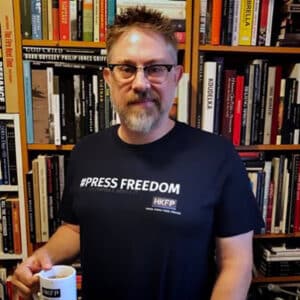Manoocher Deghati has seen much in his life. His story starts in his native Iran, from where he spent the next 30 years photographing major world events from such diverse places as Costa Rica, Egypt, Israel, France, Afghanistan, Kenya, Somalia, Ugand...



